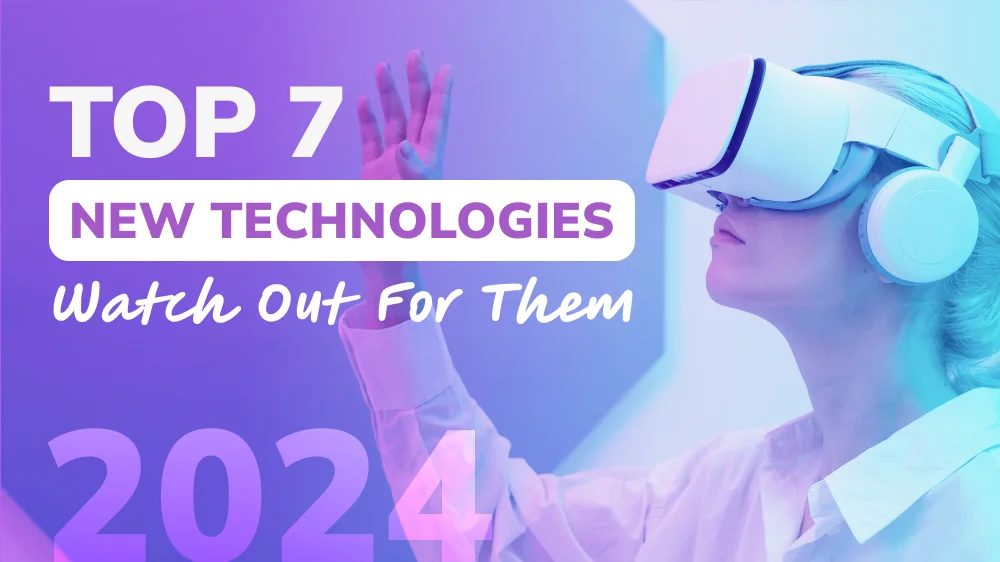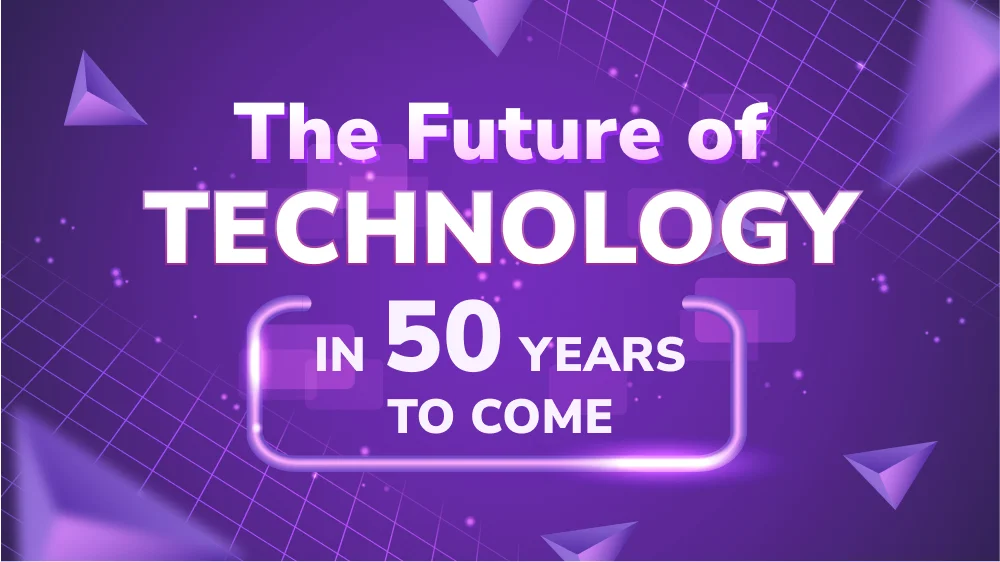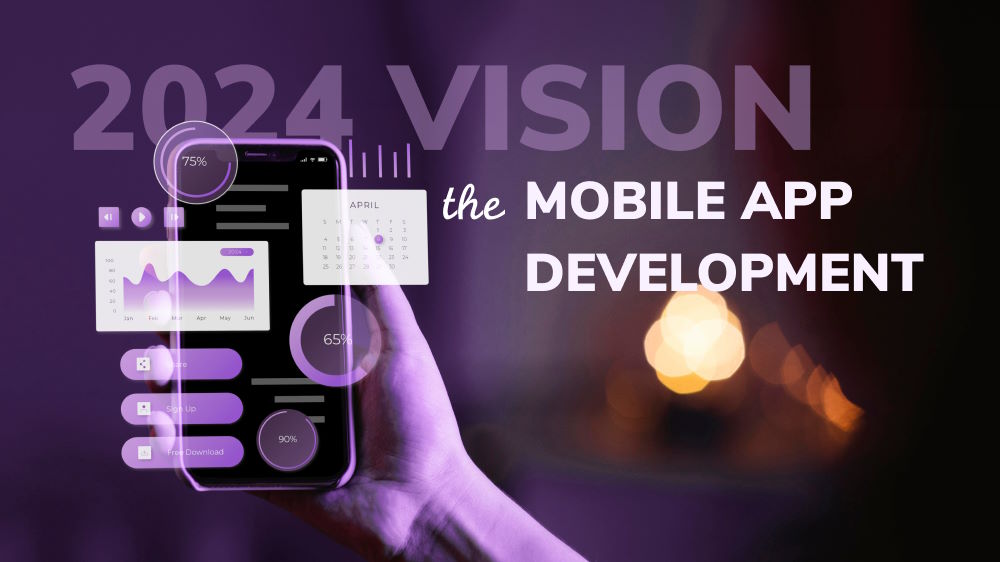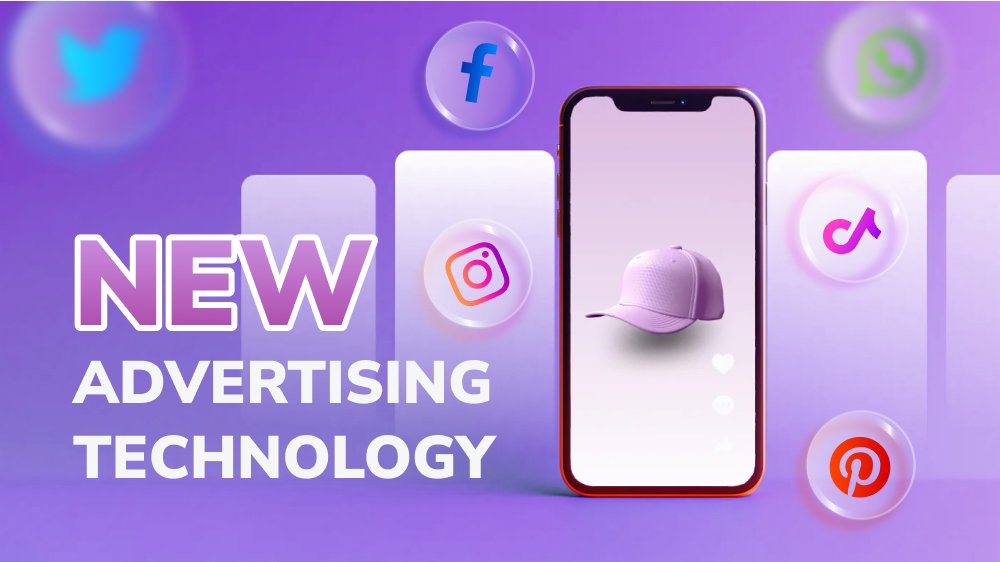
What Is a Tech Stack, and How Do You Choose One?
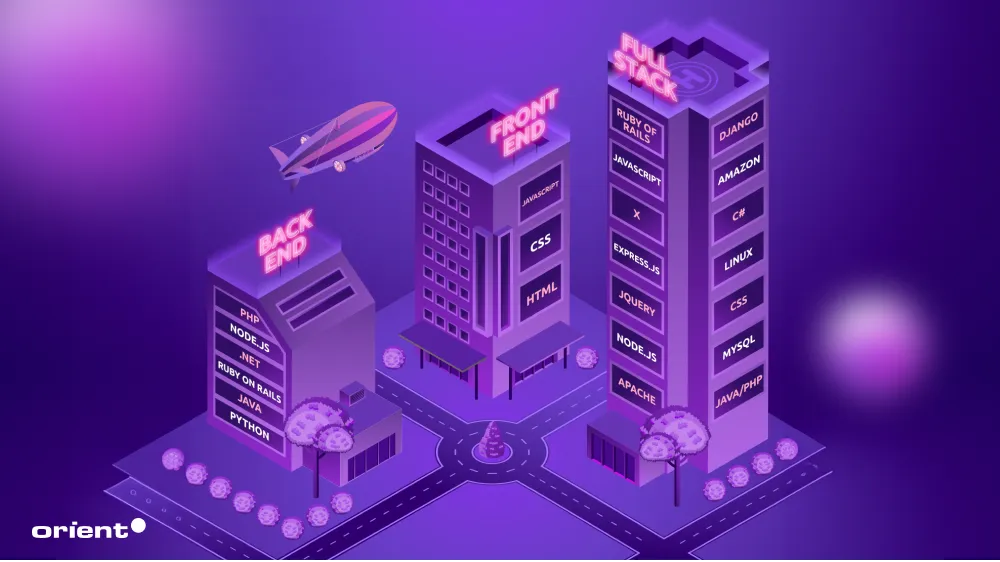
Content Map
More chaptersSoftware developers use various technologies to build web and desktop software applications. This is referred to as a tech stack, as it describes the many tools – that stack on top of each other – required to turn an application from an idea into a finished product.
Choosing the right tech stack is extremely necessary in order to create a successful application. It determines the software’s development difficulty, compatibility with target devices and platforms, and scalability to meet growing customer demand.
In this article, you will learn what a tech stack is, how it works, and how to choose the best tech stack to meet your needs.
What Is a Tech Stack?
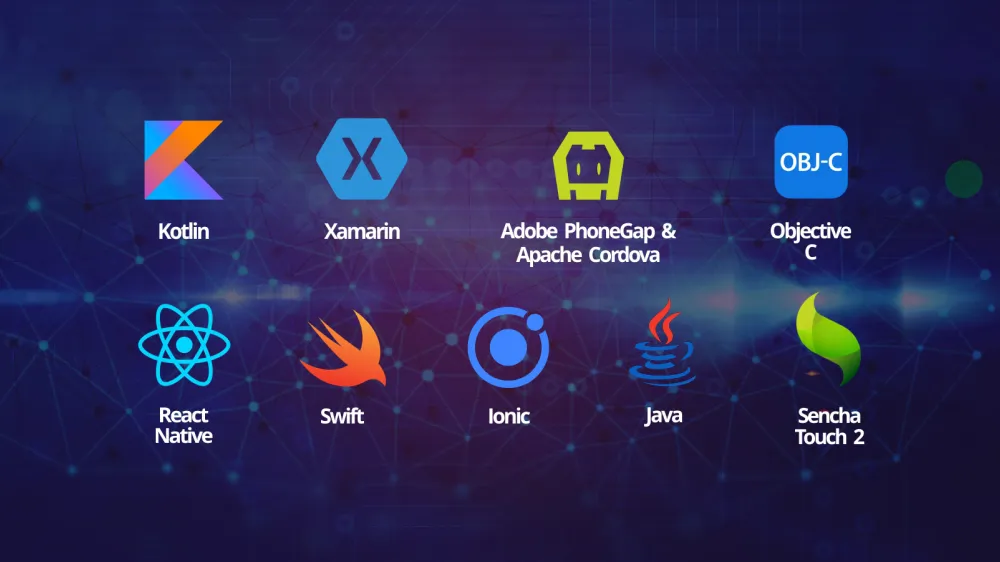
A tech or technology stack is a collection of tools and services developers use to build software applications. These range from operating systems to programming languages, frameworks, and databases.
Typically, different tech stacks are split into front-end (client-side) and back-end (server-side) components. There are also serverless stacks, which allow developers to build applications without managing and maintaining a server.
Front-end technologies comprise the elements that users can see and interact with, including markup languages, programming languages, and user-interface frameworks. Back-end technologies power the logic that makes an application function, including the database server, operating system, and framework.
A key element of choosing the right tech stack is making sure the front and backend tech stack work well together.
What Are the Different Components of a Tech Stack?

Here is a more detailed breakdown of the different components that make up a tech stack. This will help you better understand how each component works and how it helps the software application function properly.
Operating System
An operating system (OS) manages your hardware and software resources. The most popular OS’ for desktop are Microsoft Windows, Apple macOS, and Linux, while the most popular for mobile are Android, Apple iOS, and Windows. Your choice of OS will determine how compatible your software is with your target platforms and devices.
Programming Language
Programming languages are responsible for the logic that enables a software application to function. The coding language you select will depend on your target platforms and devices. The most prevalent programming languages for web applications are JavaScript, Python, SQL, Swift, C#, and Rust.
Server
Web servers receive and process client requests. They use the HTTP protocol to pass on client requests to the database. The database then retrieves the requested information and hands it back to the server, passing it on to the client.
You can rent virtual servers from Amazon Web Services (AWS), Microsoft Azure, and Google Cloud.
Database
Databases store all the information your app needs to function properly. They are responsible for not just data storage and retrieval but also aggregating, transforming, and querying. These features are prominent in modern databases, enabling them to convert raw data into a unified structure or format that’s easy to understand.
Some of the most popular databases are MongoDB, MySQL, Microsoft SQL Server, and SQLite. MySQL was chosen as the most popular database by 53.95% of respondents, according to a 2023 survey by Statista.
Framework
A framework is a collection of tools that developers use to build software applications. They help speed development by eliminating the need to make different software components from scratch. Popular frameworks include Laravel, Spring, .NET, and Ruby on Rails.
API Services
An application programming interface, commonly known as API, is a set of protocols that lets a software application communicate and exchange data with unrelated applications. This extends the capabilities of your tech stack, enabling you to incorporate features and services from other software into your own without building anything from scratch.
Popular API services include Segment, MuleSoft, and Zapier.
What Are Some of the Most Popular Tech Stacks?
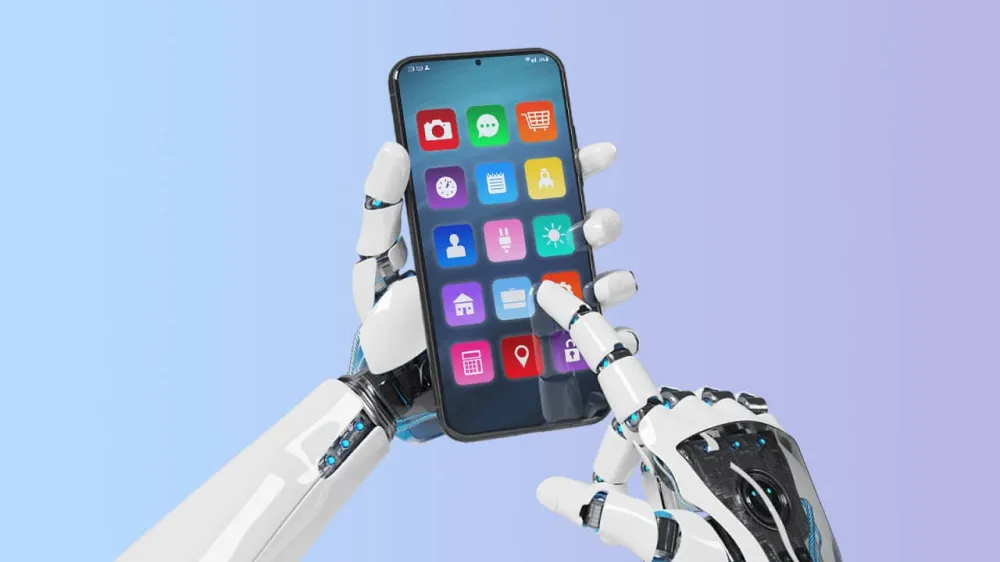
Modern tech stacks include a wide array of components. These components are designed to allow your software application to process large volumes of information, be scalable enough to meet customer demand, and work on various platforms and devices.
To save software developers time in creating individual technology stacks from scratch, several tech stack categories have become commonplace in the industry. This makes it easier for developers to choose a tech stack that fits their needs quickly.
Some of the most popular tech stacks are:
LAMP Stack
The LAMP stack consists of Linux (operating system), Apache (webserver), MySQL (database), and PHP/Perl/Python (programming language). Developers typically use this stack to build websites and web applications. Popular websites like WordPress and Drupal are built on the LAMP stack.
All LAMP technologies are open source which makes it a cost-effective solution, but it’s not suitable for apps aiming for cross-platform compatibility across several operating systems.
MEAN Stack
The MEAN stack consists of MongoDB (database), Express JS (framework), Angular (programming language), and Node JS (runtime environment).
Developers typically use the MEAN stack to build cloud-based web applications due to its flexibility and scalability. Also, each part of the stack runs on JavaScript, which helps streamline development.
MERN Stack
MERN stands for MongoDB (database), Express JS (framework), React JS (framework), and Node JS (runtime environment). Like the MEAN stack, developers use MERN to build cloud-based web applications entirely through JavaScript.
The difference between the two is their choice of framework: MEAN uses Angular, while MERN uses React. Both frameworks are used to build user interfaces. However, MEAN has a steeper learning curve and requires extra security measures to protect a system.
Serverless Stack
A serverless stack is a tech stack that allows developers to build and deploy code without managing a web server.
The tech stack still has a server, but it is hosted in the cloud and managed by a cloud service provider (CSP). Since the CSP is responsible for managing the cloud infrastructure, developers have more time to focus on writing the best possible front-end code and back-end business logic.
What Is the Importance of Getting Your Tech Stack Right?
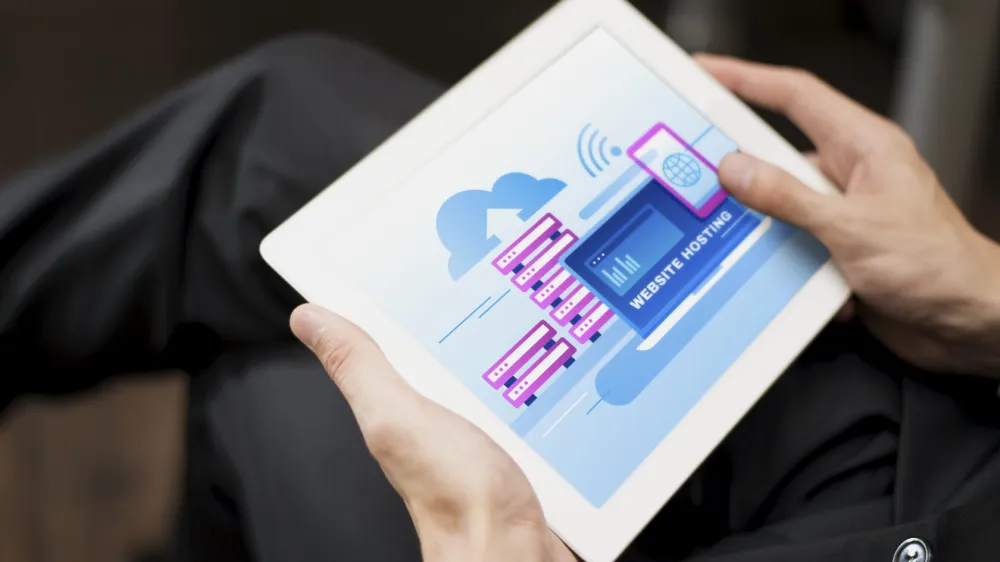
Choosing a suitable tech stack is essential for the creation of any successful software application. It determines the software’s features and capabilities, platform and device compatibility, user-friendliness, and scalability.
Also, your choice of tech stack influences the software development life cycle (SDLC). Are you a client outsourcing your software development to a third party? Ideally, your team should choose a tech stack that offers the best of both worlds. It should meet your technical and business requirements and match your development team’s skills and experience.
The easier it is for your development team to use your tech, the more efficiently they can work. As a result, you may receive a higher-quality end product and reduce the risk of costly delays and scope changes.
It is also important to choose a tech stack that can scale with you. A scalable tech stack should accommodate new features and services, handle a rising user count, and support integrations with new third-party services.
Using product analytics tools can help you determine how your existing tech stack is performing, what users like about it, and what is giving them trouble. You can then use this information to form a product roadmap, one that anticipates and addresses your customer’s most pressing concerns quickly.
How to Choose the Best Tech Stack for Your Business
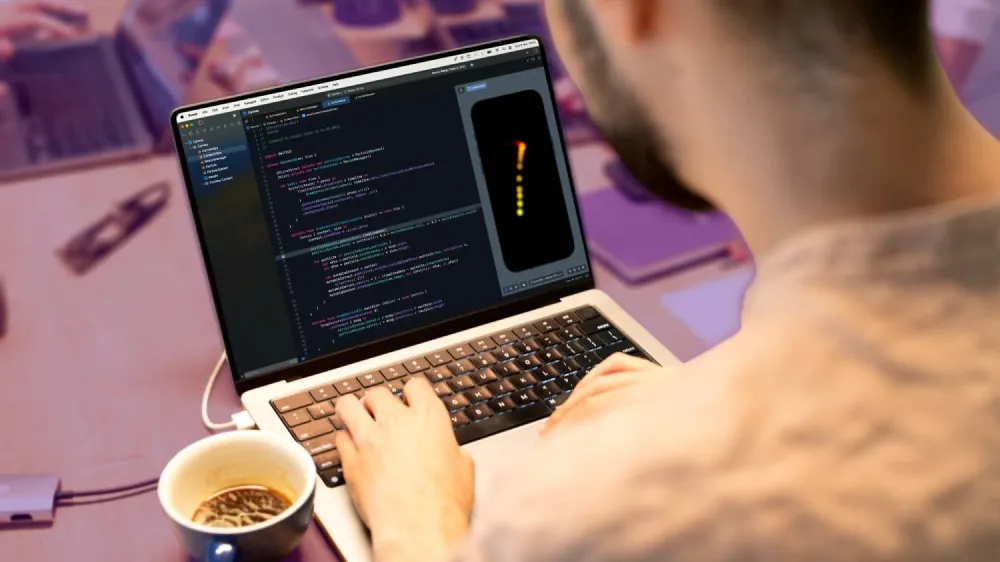
The best tech stack for your business depends on the type of application you want to build (and why you want to build it). Other factors include your budget, timeline, target audience, target platforms and devices, and security, scalability, and integration requirements.
If you’re creating an Internet of Things (IoT) technology stack, you’ll also need to consider your choice of hardware.
The most important factors to consider when choosing a tech stack are the:
Project Scope and Complexity
At the start of your project, define your software development requirements. Choose the type of application you want to build and the outcomes you want your users to achieve. The key details to solidify are your:
- Platform – Web development, mobile, desktop, or a combination.
- Operating system – Windows, Apple OS (or iOS), Linux, or a combination.
- App complexity – Static content with minimal pages or dynamic content with multiple pages.
- APIs – The larger, more complex the application, the more APIs you’ll need to connect different back-end components to other software.
Do you want to build a business app that displays static content on a few pages? Then, you could use the MEAN tech stack. This uses Express.js, a back-end web framework that is lightweight and easy to set up.
Do you want to build a large-scale application with a high level of customization and third-party integrations? Consider the LAMP tech stack. This uses Linux and the Apache HTTP server, which are both easy to customize and able to handle large amounts of traffic and data.
Team Skill Set
Select a tech stack that aligns with the skills and experience of your development team. Ideally, choose the tech stack first. This way, you can choose a development team that is fluent in your chosen technologies.
Outsourcing partners that are already familiar with your tech stack can help speed up the development process. You save time and money on training an in-house team. And the outsourced team has all the hardware and software they need to start.
Also, choose a team that performs regular tech stack audits. They should conduct thorough reviews of all of the components in their tech stack – at least once per year. This way, you can be confident that they are using the latest technology and that their stack is compatible with your requirements.
Scalability
Choose a modern tech stack that can scale to meet your changing business needs.
You should be able to upscale to handle increasing user traffic and data transfer loads. This involves a mix of vertical scaling, increasing processing power to a single server or cluster, and horizontal scaling, adding extra nodes to even out the load distribution.
NoSQL databases like MongoDB have many scaling options to boost performance. These include replication, which creates copies of a database (or a database node) to add fault tolerance, and partitioning (sharding), which distributes a database across multiple machines, increasing its data processing capabilities.
Simplify Your Tech Stack with Orient Software
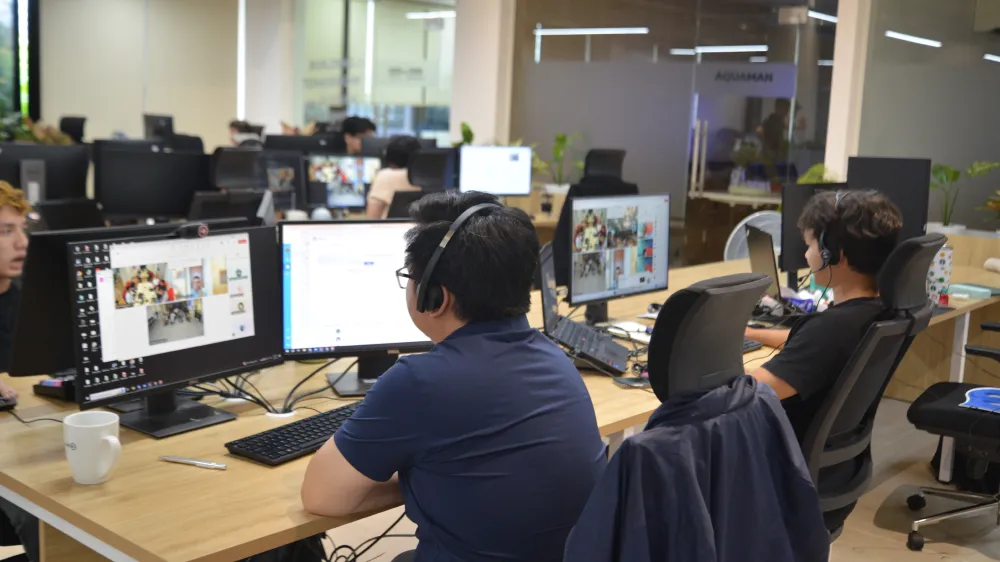
The right technology stack helps simplify development by ensuring all your technology harmonizes. But knowing which stack is right for you can be tricky. Partnering with the right software development team can help.
At Orient Software, our dedicated software teams are specially chosen to match your needs. And we take the time to understand your project’s technical and business requirements. By realizing how your business works and what it needs to grow, we guarantee to fulfill all your software development goals.
Contact us to discuss your tech stack requirements today.

